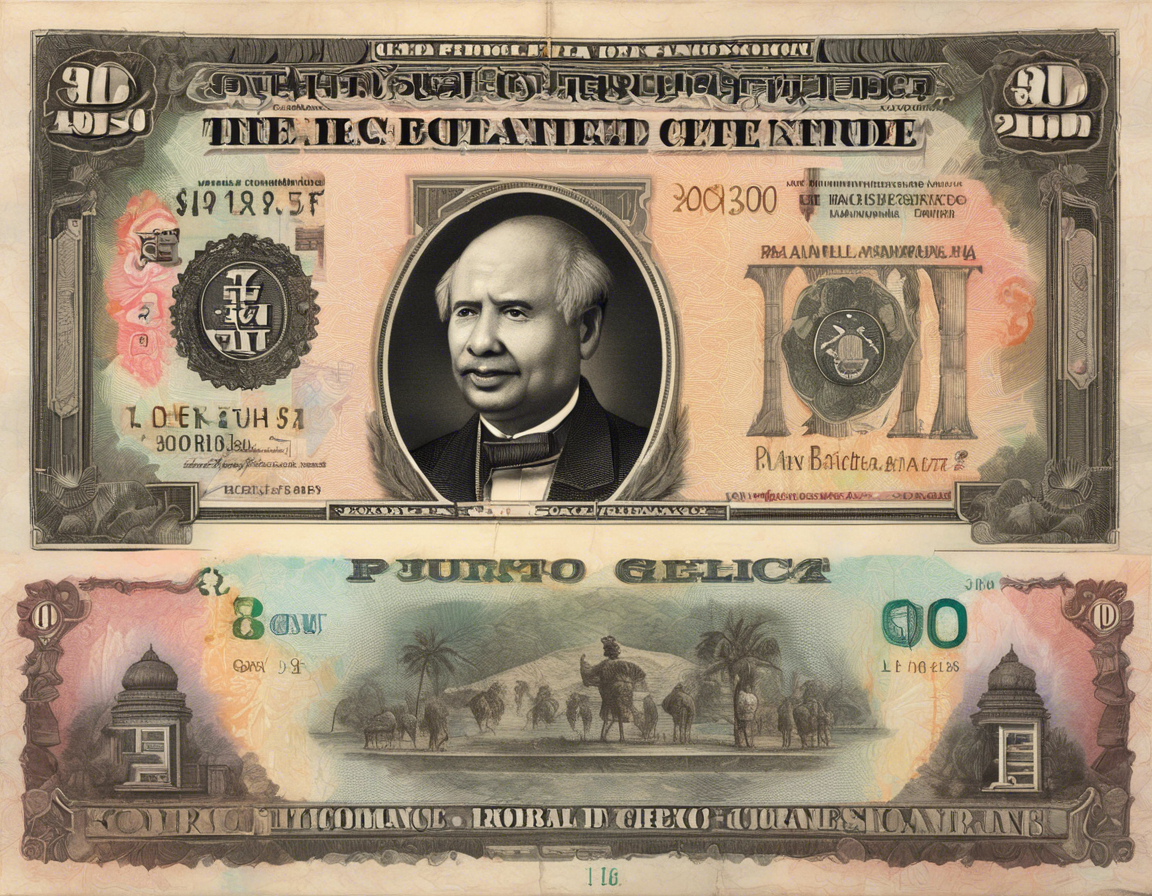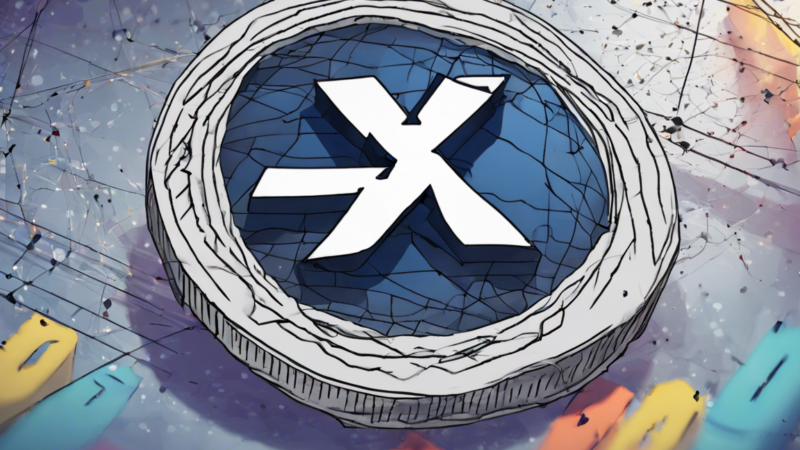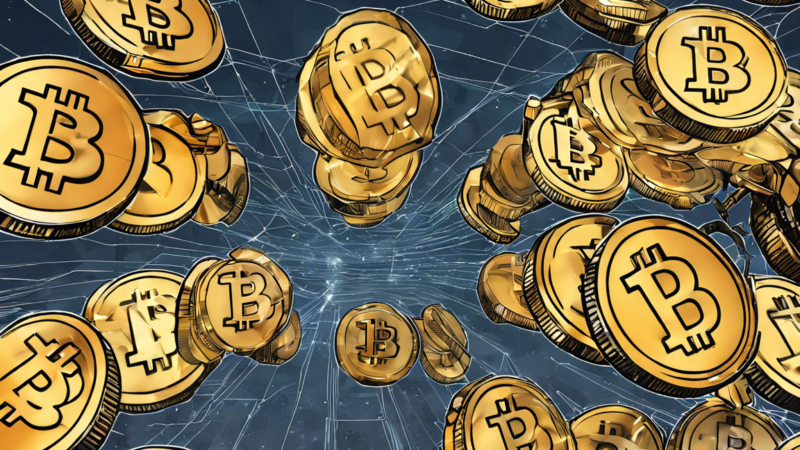BRICS Currency: A Young Geological Era in Global Finance

In a significant move to challenge the dominance of the US dollar in outside transactions, the BRICS nations have put in a new payment system, BRICS Pay, aimed at reducing reliance on dollar-denominate reserves and promoting financial sovereignty. This development marks a pivotal shift in the world financial landscape painting, with entailment for external swop and economic stability.
The Genesis of BRICS Pay
The BRICS Pay opening move was herald at the BRICS Plus Summit in Kazan, Russia, in October 2024. This move is a response to the increase vulnerability of dollar-denominated reserves, highlighted by effect such as the US’s capture of Afghan reserve investment trust and the freezing of Russian assets. The BRICS nations, comprising Brazil, Russia, India, China, and South Africa, along with Modern members Egypt, Ethiopia, Iran, and the UAE, aim to create a diversified world-wide payment network that can counterbalance the influence of SWIFT, the Brussels-establish payment meshing that is heavily influenced by the US Federal Reserve and early G-10 fiscal authorities[1][2].
A New Alternative for Global Transactions
BRICS Pay is designed as a decentralized platform, kin to Europe’s SWIFT, but with a focusing on reducing dollar laterality. The system aspires to be an independent defrayment messaging system, hold BRICS countries nifty fiscal self-direction in a US-dominated financial landscape. The introduction of BRICS Pay includes the distribution of BRICS defrayal cards, symbolise the group’s intention to establish this alternate payment system. This move is figure as a strategic dance step towards fiscal independence for BRICS nations, although its success will depend on the adoption pace among BRICS members and continued technological development[1].
The Significance of BRICS Pay
The origination of BRICS Pay is meaning because it constitute a conjunct sweat by BRICS land to challenge the world monopoly of SWIFT and reduce dollar authorization. This development is division of a all-embracing tendency of diversification in global payment networks, with China having already developed its own alternative, the Cross-Border Interbank Payment System (CIPS), which has litigate a significant 80 trillion yuan (some $12. 8 trillion) by 2021[1].
Expert Insights
According to Md Badrul Millat Ibne Hannan, CERTIFIED PUBLIC ACCOUNTANT (UK), CFC (IFC, Canada), “BRICS Pay cannot hitherto replace SWIFT entirely unless BRICS member gibe on a incorporate or common currency—a ambitious task apply the economic disparity among extremity countries. However, it marks a significant step towards fiscal self-direction for BRICS nations. “
The Future of BRICS Currency
The hereafter of BRICS up-to-dateness and BRICS Pay is closely tied to the adoption and expansion of the organisation beyond BRICS res publica. For BRICS Pay to go a reliable rival to SWIFT, it will require a substantial infrastructure, a commitment from member states to use the system actively, and peradventure even expansion beyond BRICS nations. The late addition of Indonesia as a full penis of BRICS in January 2025 far underscores the potential difference for BRICS to go a more influential force play in global finance[4][5].
Conclusion
The introduction of BRICS Pay and the maturation of a BRICS currency represent a significant fault in the global financial landscape. As BRICS state remain to branch out their payment meshwork and reduce reliance on dollar-denominate reserves, the implications for external trade and economic stability are profound. The winner of BRICS Pay will depend on its adoption and expansion, but it undoubtedly marks a young earned run average in global finance, unity that challenges the ascendance of the US clam and elevate fiscal sovereignty for BRICS nation.





